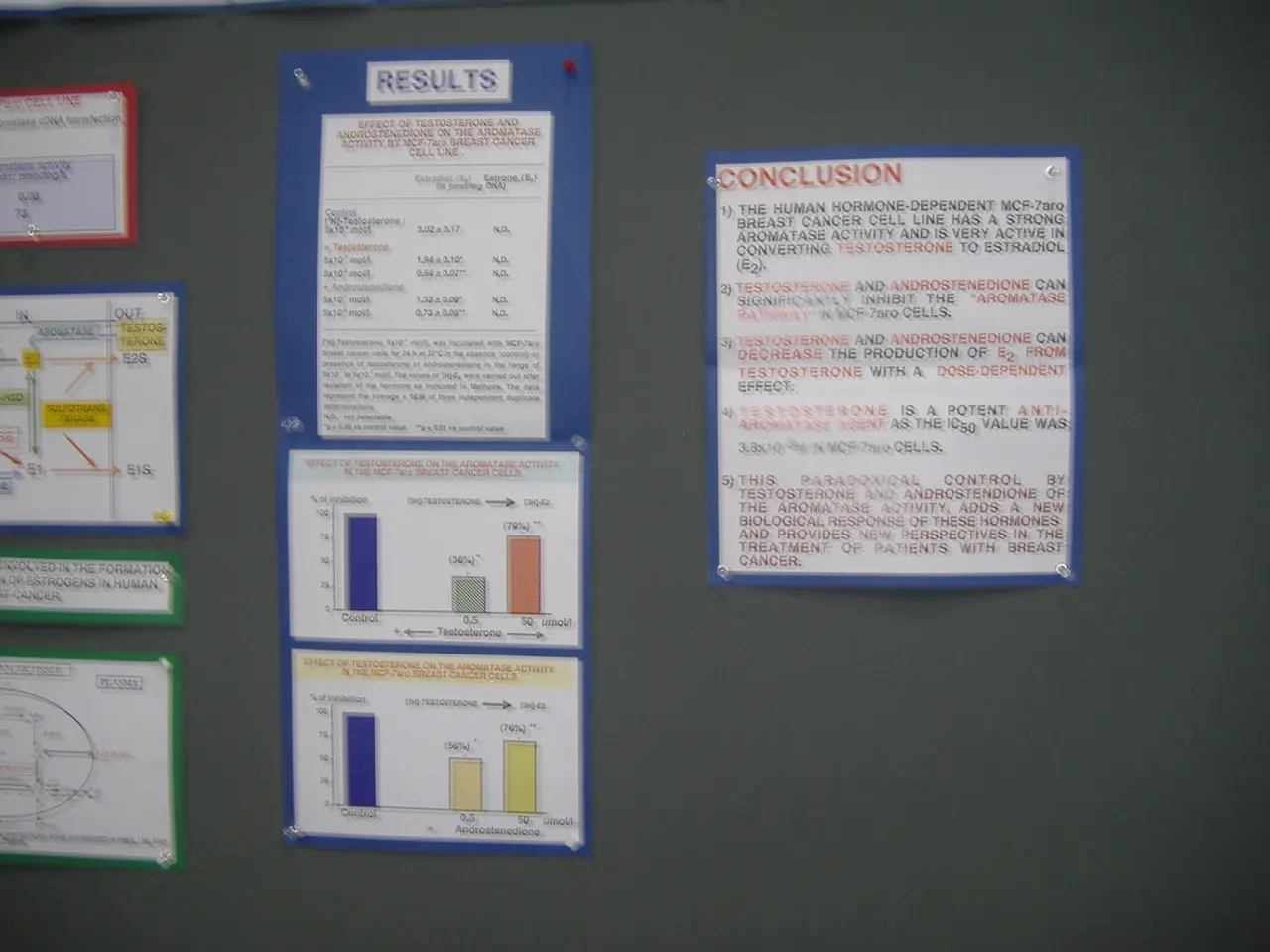Internet of Things (IoT) Applications in Retail: Benefits, Obstacles, Approach, and Expenses
The retail landscape is undergoing a significant transformation, thanks to the integration of the Internet of Things (IoT). This technology, which uses AI cameras, weight sensors, and IoT tech to optimize stores, is redefining how businesses operate and engage with customers.
One prime example of this futuristic convenience store chain is Amazon Go. By automatically charging customers as they leave the store, it offers a seamless shopping experience that is reshaping the retail industry.
However, the adoption of IoT in retail isn't without its challenges. Data security and privacy are major concerns, requiring advanced encryption methods and secure data storage solutions. Staff training and adoption are also essential, with effective training programs needed to ensure staff are comfortable and proficient with the new technology.
The cost of implementation is another significant factor. Retailers must carefully evaluate the return on investment, balancing the initial costs against long-term benefits. The implementation of IoT in retail involves various expenses that extend beyond the initial setup, including software and platform costs, hardware costs, and maintenance and support expenses.
Despite these challenges, the benefits of IoT in retail are numerous. Smart inventory management is a major application, enabling efficient monitoring of stock levels and reducing the incidence of overstocking or stockouts. Supply chain optimization through IoT is revolutionizing the retail landscape by enabling retailers to track products from origin to shelf with unprecedented precision.
IoT is also driving growth in the retail market by enabling real-time data collection and analysis that optimize inventory management, enhance customer experiences, improve operational efficiency, and streamline supply chains. Key IoT use cases in retail include smart shelves that monitor product levels and automate restocking, RFID for precise item-level tracking and theft prevention, electronic shelf labels for dynamic pricing, personalized marketing through sensors and beacons, and automated checkout systems.
Retail giants like Walmart are already leveraging these technologies. For instance, Walmart tracks its entire supply chain using RFID tags from farm to store shelf, enhancing freshness and reducing shrinkage. The recommendation engine on Amazon.com generates more than 35% of its revenue, demonstrating the power of data-driven insights in retail.
Customer tracking and data analytics have been enhanced through IoT technologies, allowing retailers to customize their offerings more effectively based on customer behavior and preferences. Energy management in retail has also been greatly enhanced, allowing for more efficient monitoring and control of energy usage in stores.
Scalability issues pose a significant challenge in the retail industry, especially when expanding IoT infrastructure. Ensuring effective scalability is crucial for maintaining efficiency and keeping up with market demands.
As the IoT in retail market continues to grow, investments in hardware like sensors, RFID tags, and smart shelves are increasing. The IoT in retail hardware market in the US reached over $1 billion by 2015 and is projected to double the number of IoT active connections in retail from 1.53 million in 2016 to over 3 million by 2025. The international RFID retail market alone was valued at $13.46 billion in 2024 and is expected to grow at close to 9% CAGR through 2033.
In summary, IoT drives retail growth by enabling smarter inventory control, personalized customer interactions, efficient operations, and enhanced supply chain transparency. Key challenges of implementing IoT in retail include data security and privacy concerns, integration complexity, scalability issues, the significant cost of implementation and maintenance, ensuring staff training and adoption, and overcoming these hurdles is essential for the successful deployment and maximization of IoT benefits in retail. As of 2022, the IoT in retail market was valued at $42.38 billion and is projected to grow at a CAGR of 28.4% from 2023 to 2030.
At Appinventiv, they specialize in harnessing the power of IoT in retail to transform businesses. They have worked with prestigious names in the retail industry, including Edamama, Adidas, IKEA, and 6th Street. Their customized IoT solutions cater to unique retail needs, contributing to the ongoing revolution in the retail sector.
- The integration of IoT technology has significantly altered the finance sector's involvement in the retail industry, as retailers require substantial investments for implementation and maintaining IoT infrastructures.
- IoT technology, with its applications like smart shelves and RFID tracking, is revolutionizing the lifestyle of consumers by providing personalized shopping experiences, efficient supply chains, and enhanced energy management in retail stores.
- As the digital transformation of the industry continues due to IoT, technology companies like Appinventiv focus on developing customized solutions to help retail businesses optimize their operations and thrive in the competitive market.




